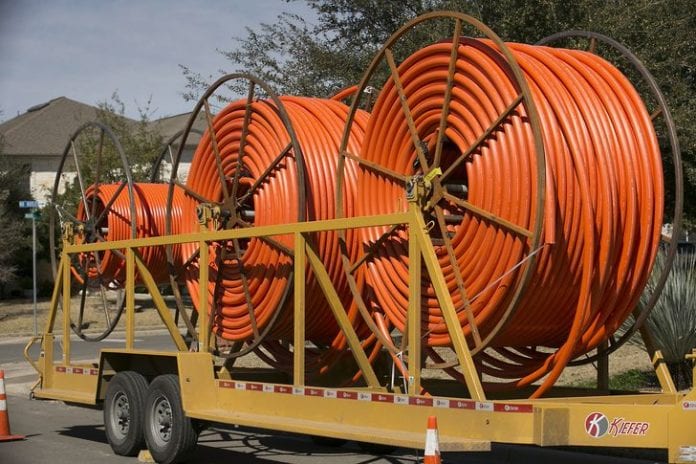New NOFO for Tribal funding provides up to $980 million
More broadband funds are poised to flow to Tribal areas, with the Biden administration releasing a new Notice of Funding Opportunity (NOFO) with a nearly billion-dollar pot to draw from.
The National Telecommunications and Information Administration said that this second round of funding from the Tribal Broadband Connectivity Program (TBCP) will consist of about $980 million available for Native communities in the continental U.S., Alaska and Hawaii. Funds can be used for broadband infrastructure deployment, but also for affordability initiatives, telehealth and distance learning programs.
In terms of the size of awards, NTIA aid that in this round of funding, it expects to make awards for infrastructure deployment projects between $1 million-$50 million, and for programs in the range of $100,000-$2.5 million that are focused on Internet adoption and use.
“The digital divide has disproportionately impacted people in Tribal communities for years. But thanks to our Tribal Broadband Connectivity Program, that’s finally starting to change. This latest round of funding will provide Indian Country with affordable, reliable, high-speed Internet service,” said Assistant Secretary of Commerce for Communications and Information Alan Davidson.
The TBCP program began in 2021 and NTIA said that it has already awarded $1.78 billion to nearly 200 Tribal entities. Most recently, NTIA announced broadband project awards totaling nearly $4 million to eight Tribes in California, Idaho, Kansas, Nebraska, New Mexico and Washington. Those projects included infrastructure planning and design, support for fiber-to-the-home networks, replacing aging public Wi-Fi, building a new wireless tower and deploying a hybrid fiber/fixed wireless network.
The wireless industry has been keenly invested in the extent to which wireless projects qualify for and receive funding as part of the massive amount of federal broadband dollars that are pouring out, from residual pandemic relief projects to the $65 billion in infrastructure dollars dedicated to connectivity-related efforts. Because such projects—particularly in Tribal lands—are focused on connecting very rural, remote and/or hard to reach places, Fixed Wireless Access is seen as a more cost-effective and rapidly deployed alternative to trenched or aerial fiber in such areas, particularly now that CBRS spectrum is available to support wireless internet service.
“While government funding offers a step forward in bridging the connectivity gap, tribal communities now must consider the most efficient and cost-effective way to utilize this investment and expand digital access,” said Tony Eigen, VP of marketing for infrastructure provider Baicells. He added that CBRS solutions “can provide coverage across a very broad area, cost-effectively, with rapid deployment times. Fixed wireless is a great alternative to fiber and can connect a property with a wireless link, circumventing the need to deploy fiber in the ground.
“The availability of affordable and easy-to-manage wireless infrastructure provides communities with ample opportunities to use this government funding to close the digital divide,” Eigen said.

